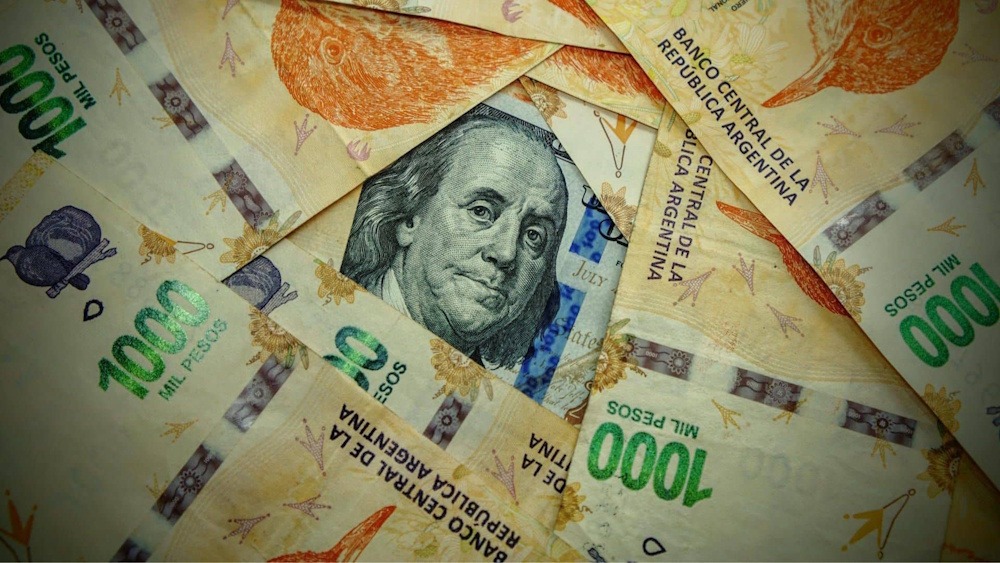Argentine regulators have taken steps to limit the demand for dollars in the financial market, marking the latest initiative by the government to avert a depreciation of the peso beyond its designated trading band. On Friday, the National Securities Commission of the country released a new interpretation of an existing regulation that prohibits brokers from selling local dollar-denominated instruments if they hold positions in repos or other short-term loans denominated in pesos within the local market.
The regulation, which effectively prevents market participants from acquiring dollars through short-term peso financing, exemplifies the willingness of President Javier Milei’s libertarian administration to intervene in the market in order to protect the peso. The entity has indeed intensified its acquisition of dollar futures while simultaneously implementing measures to curtail liquidity within the market. Nevertheless, the peso inched nearer to the threshold of its trading band on Monday. “This clearly constitutes a tightening of exchange controls,” noted Juan Manuel Truffa, an economist.
Following the announcement that incited market unease, the CNV provided an additional clarification permitting market participants to engage in trading dollar instruments throughout the day, provided that their positions are neutral by the end of the trading session. “By preventing brokers from building up net FX positions if they have outstanding repo loans, the regulator is aiming at a sands-in-the-wheel approach on dollar demand,” stated Ramiro Blazquez. The exchange rate has approached the upper limit of the band, concluding Monday at 1,467 pesos per dollar. Should it breach this threshold, the Central Bank is permitted to intervene in the market.
Currently, the political uncertainties surrounding Milei’s backing in anticipation of crucial midterm elections in October persistently exert pressure on Argentine assets. The value of dollar notes declined by over a cent on Monday, continuing to lag behind emerging-market counterparts for the second consecutive session. Bonds maturing in 2035 have declined to levels not observed in nearly a year, trading below 53 cents on the dollar.

